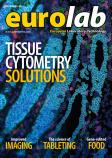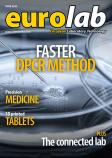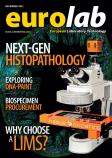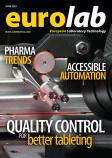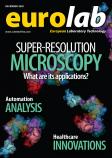For 17 years, women in the science industry have been celebrated for their incredible efforts and contributions to the research field, from curing diseases to protecting the environment, at the annual L’Oréal-UNESCO For Women in Science Awards.
This year, Professor Dame Carol Robinson has been awarded the European Laureate award, making her the fifth British scientist to have won the European award in the 17 years of the programme's existence.
Working in physical chemistry with the mass spectrometer, Professor Robinson is being honoured both for creating a revolutionary method for protein function study, membrane proteins in particular, and establishing a whole new scientific field: gas phase structural biology. Her pioneering work could have a significant impact on the field of medical research in the coming years.
In this video Professor Robinson shares her inspiring journey into science and the challenges women in the scientific industry face. She also details how the For Women In Science programme supports future generations of women entering scientific vocations, and what it means to be awarded the European Laureate award.

